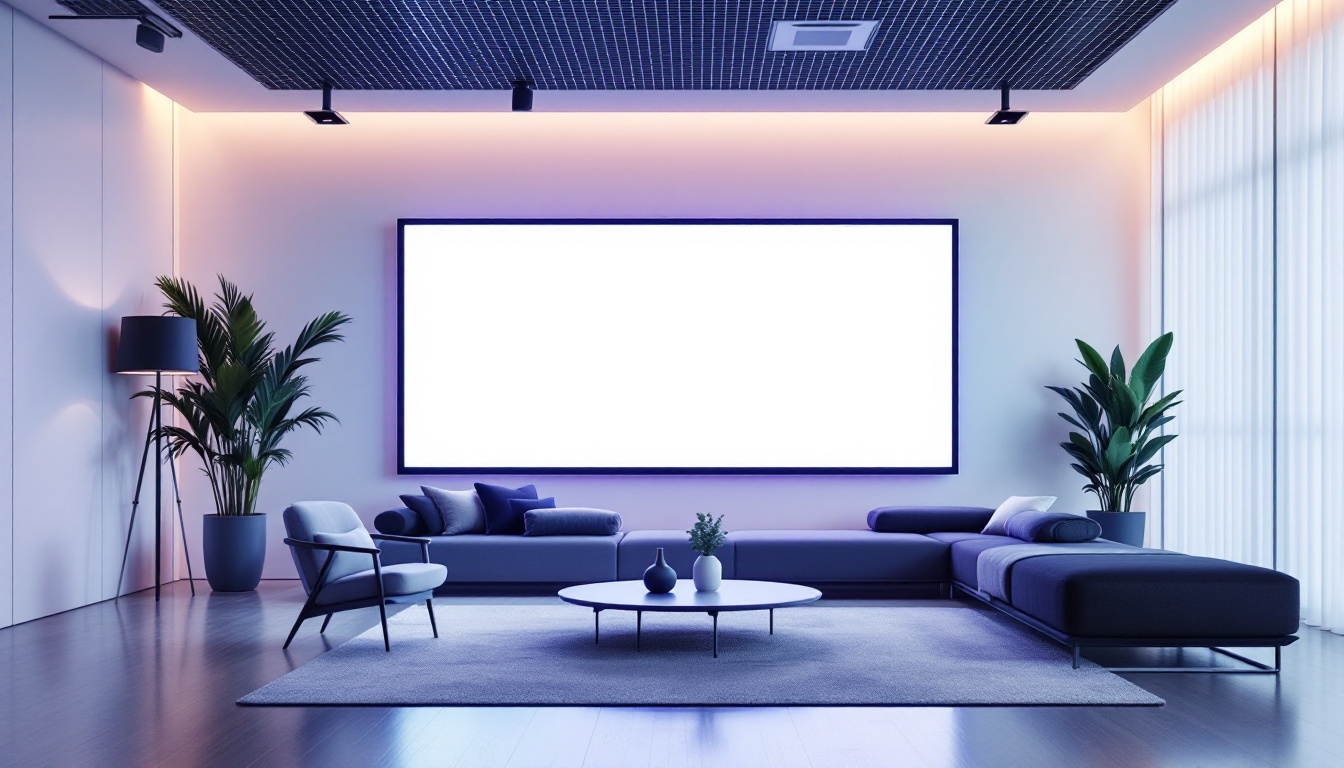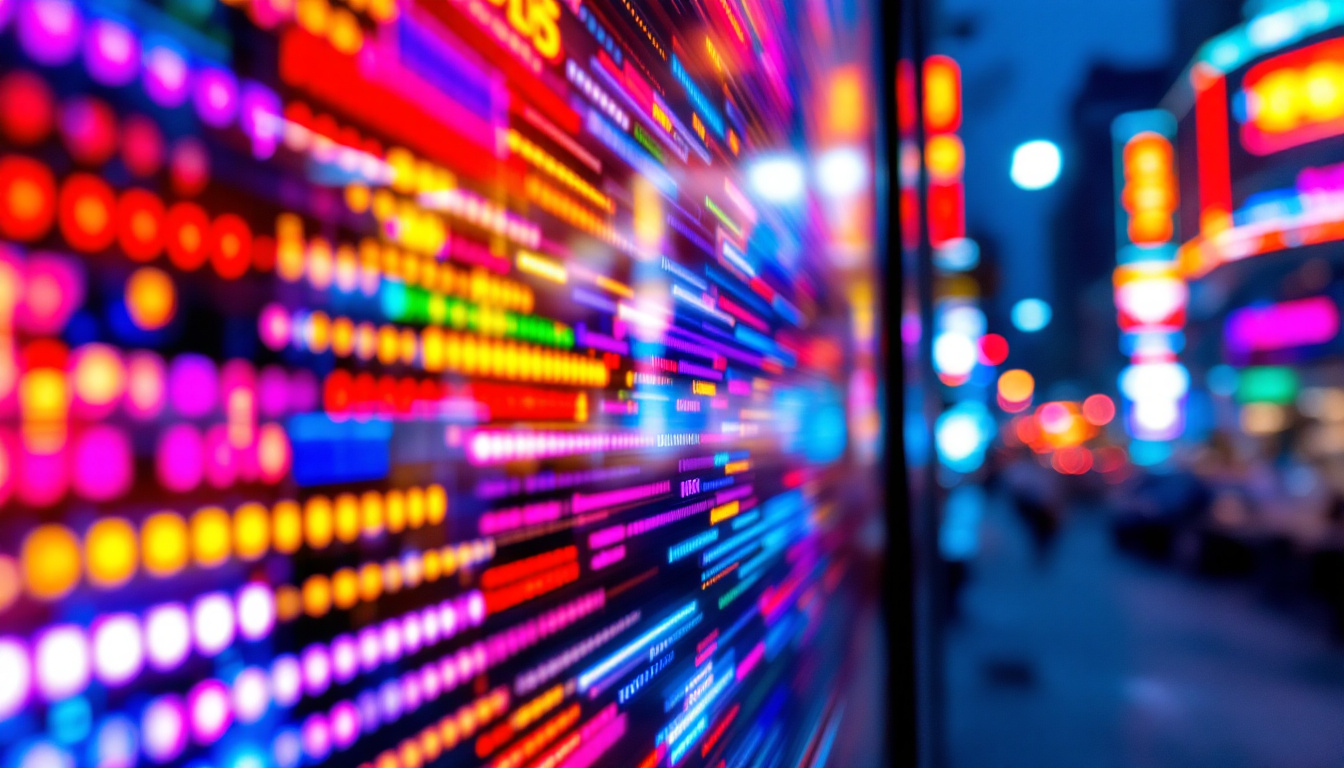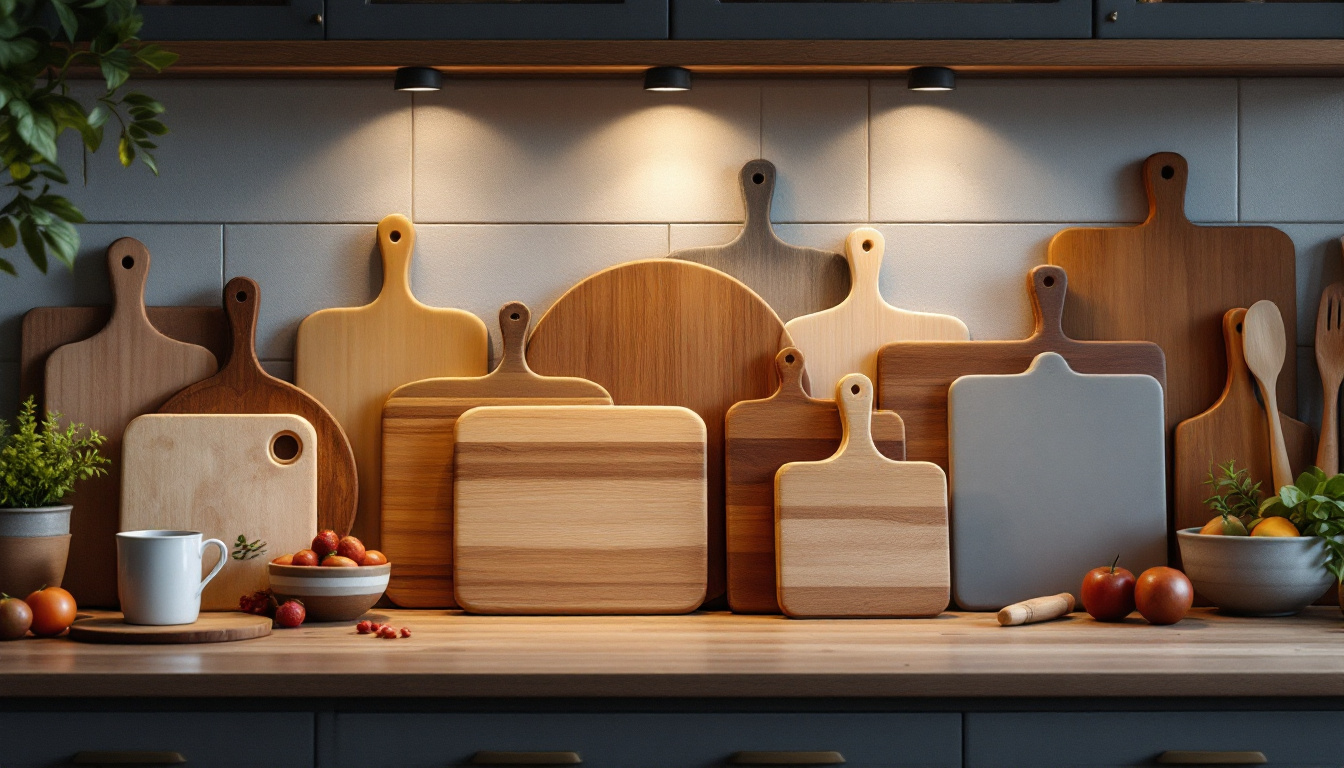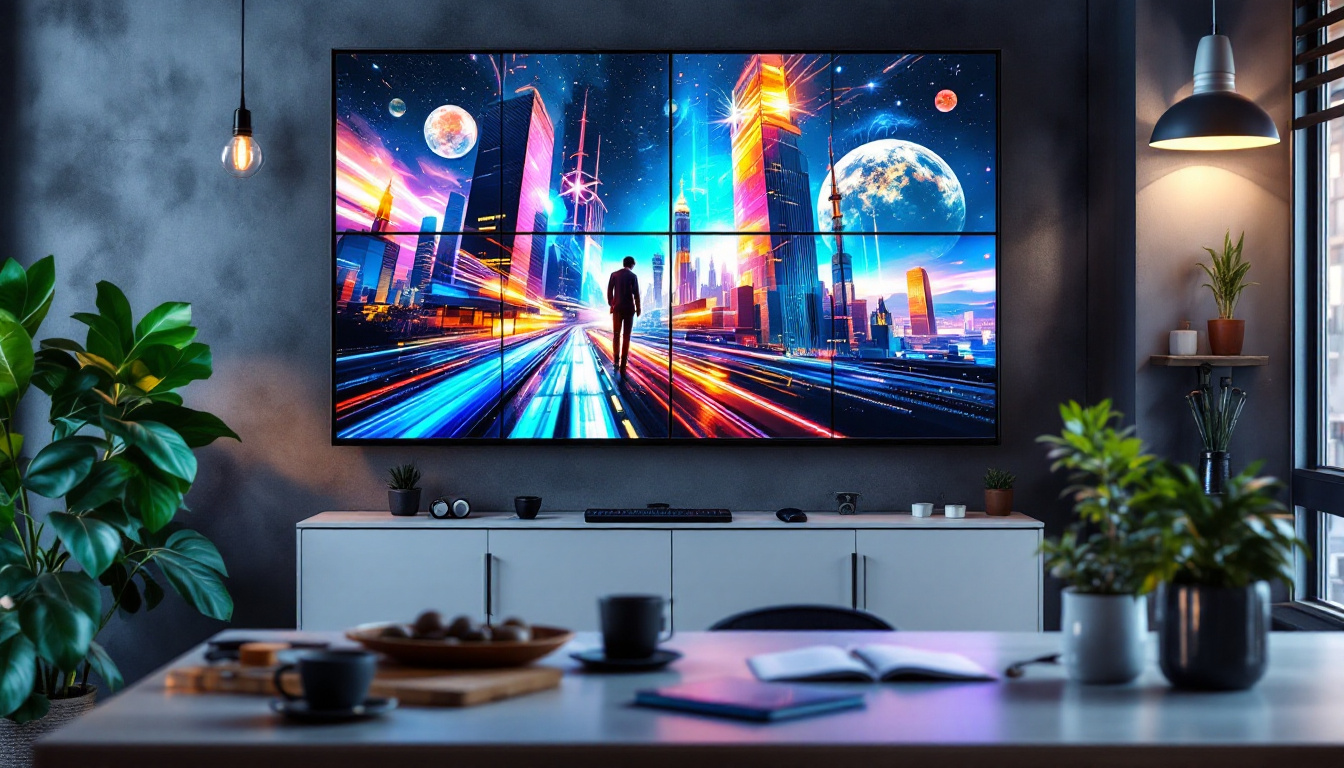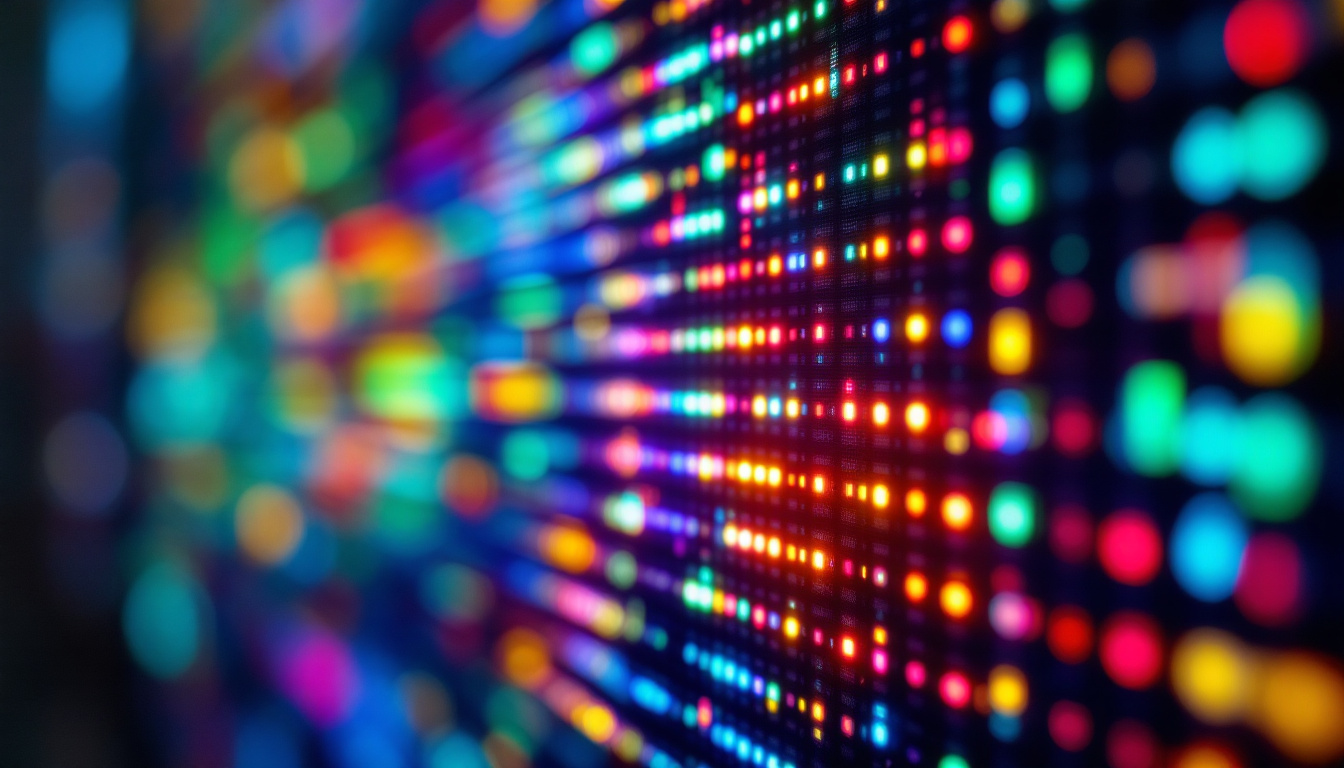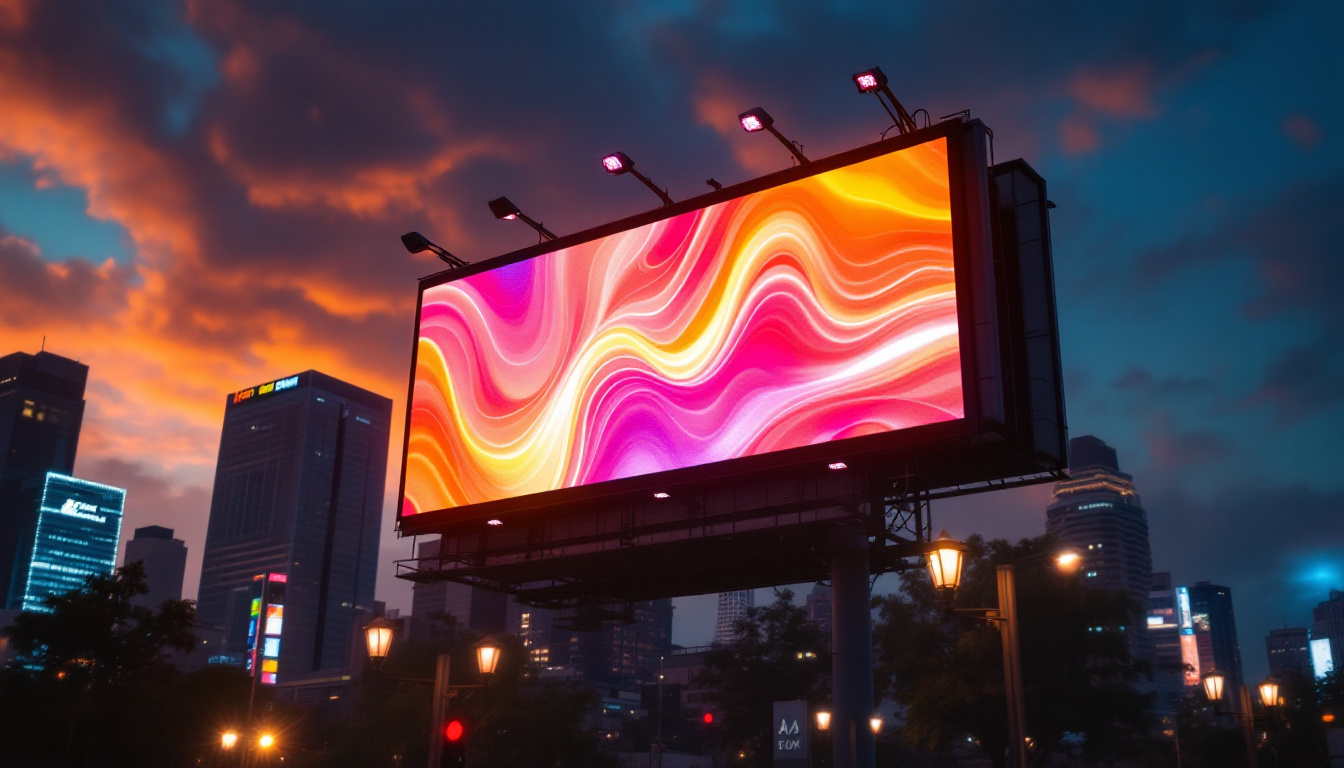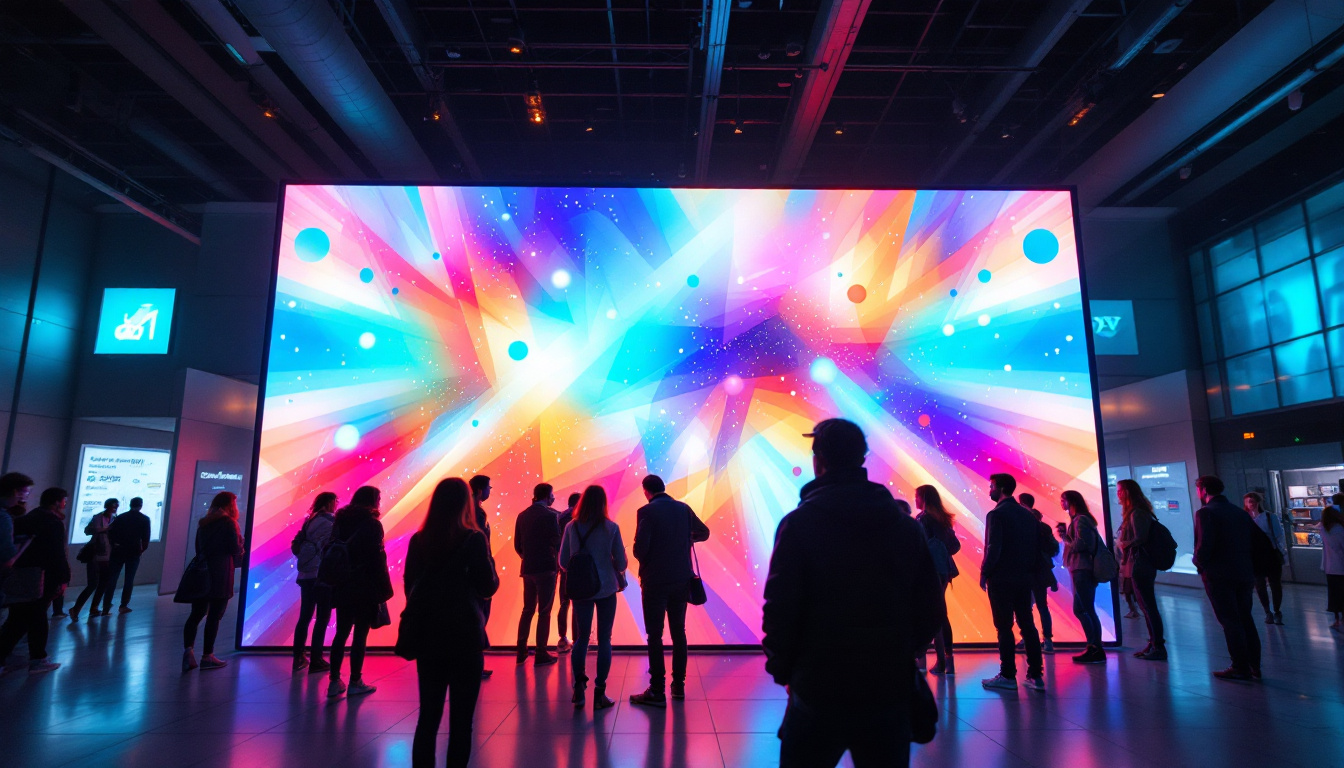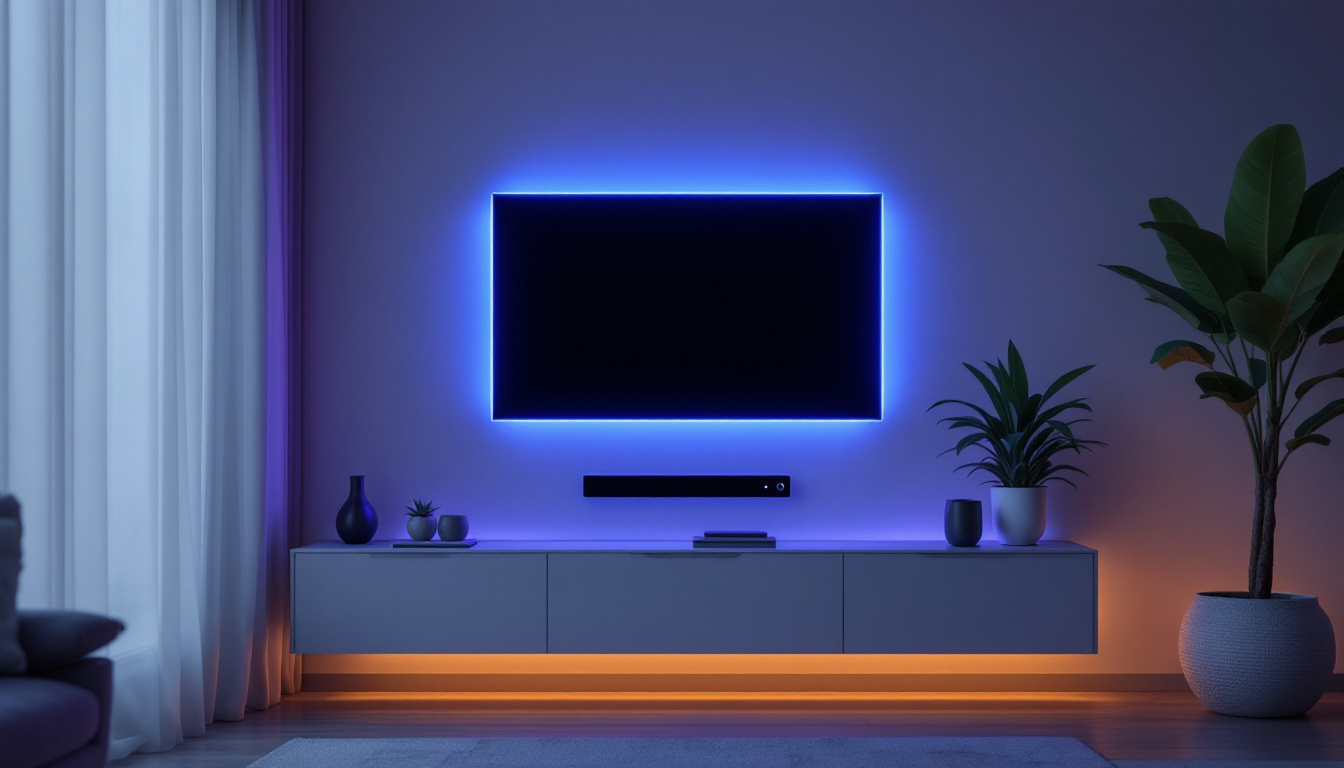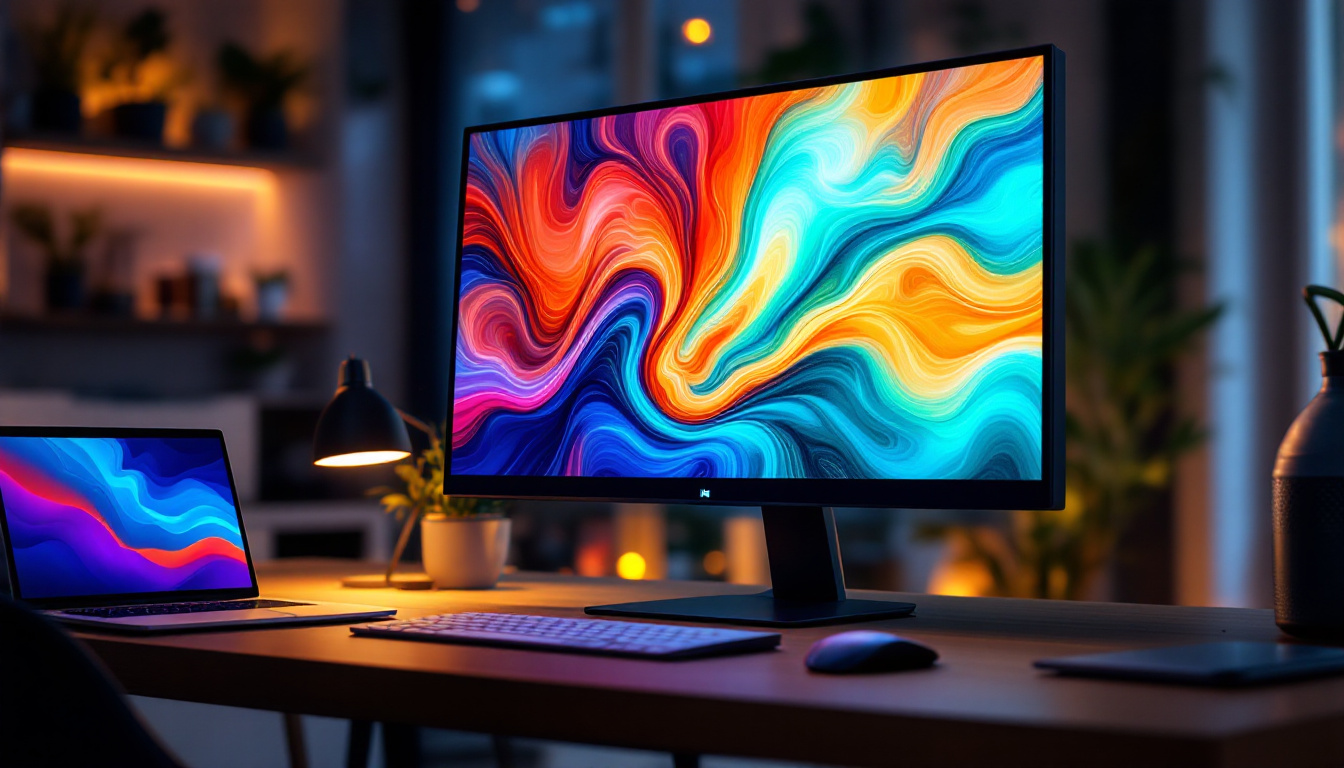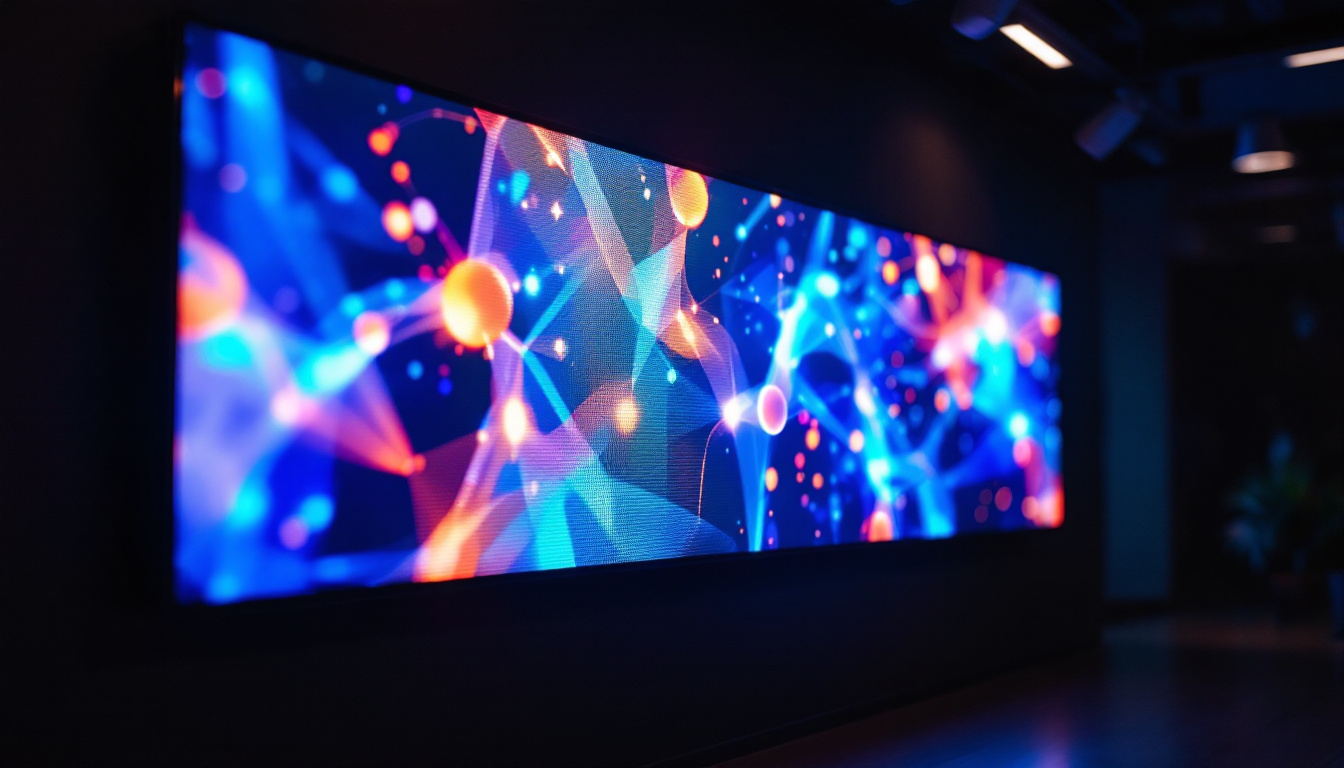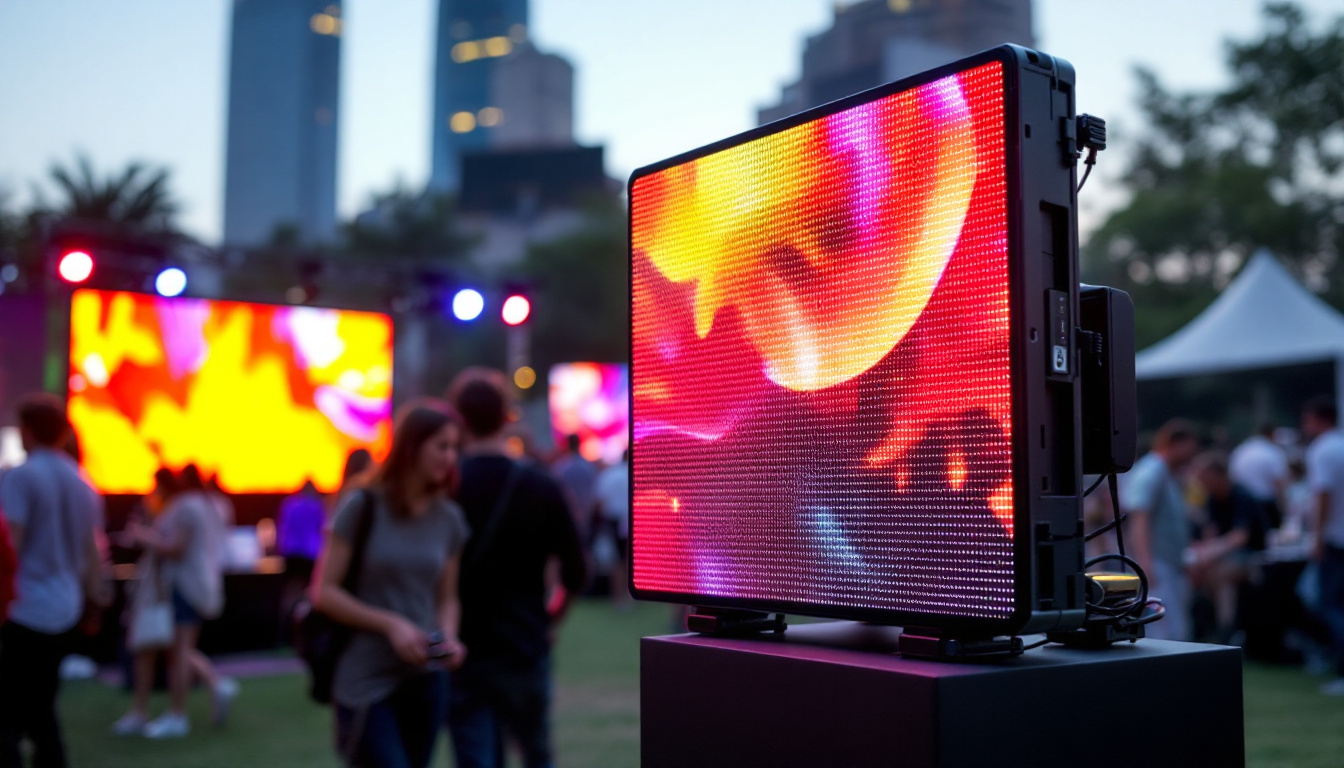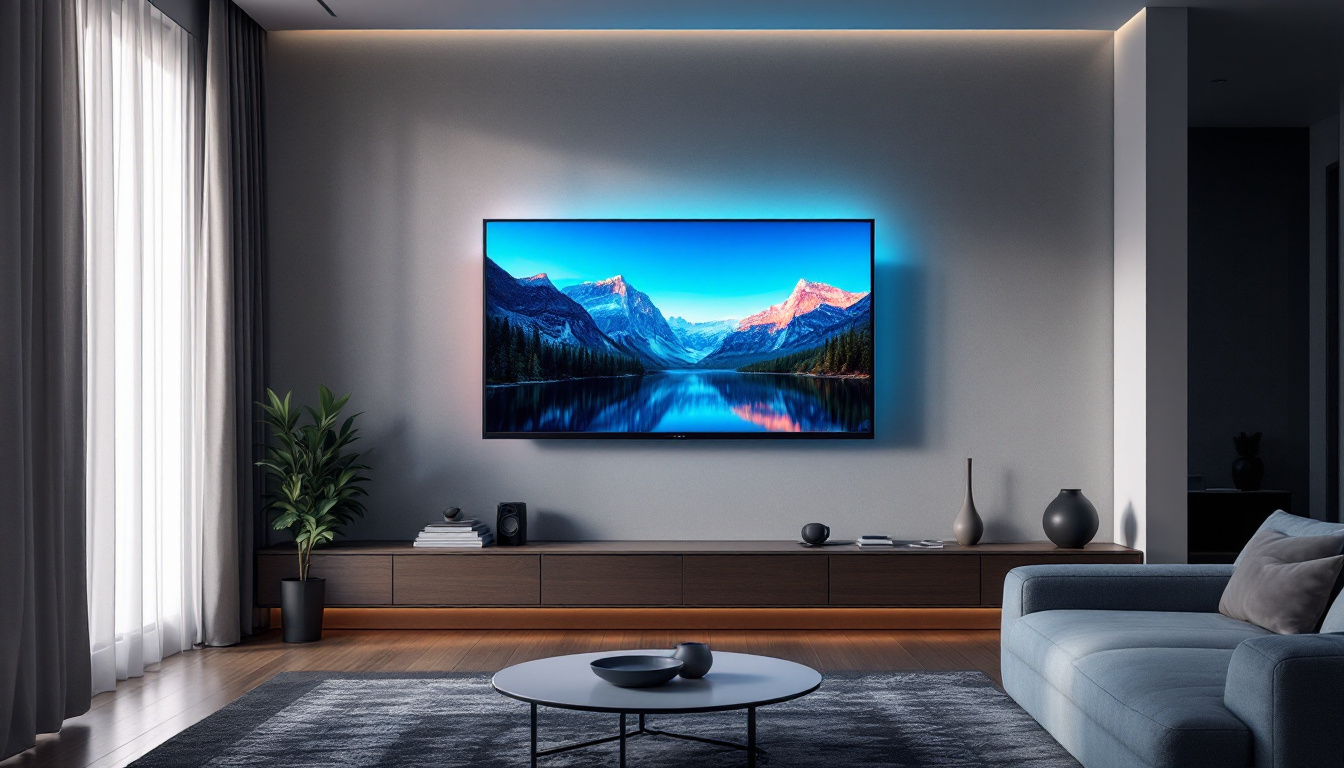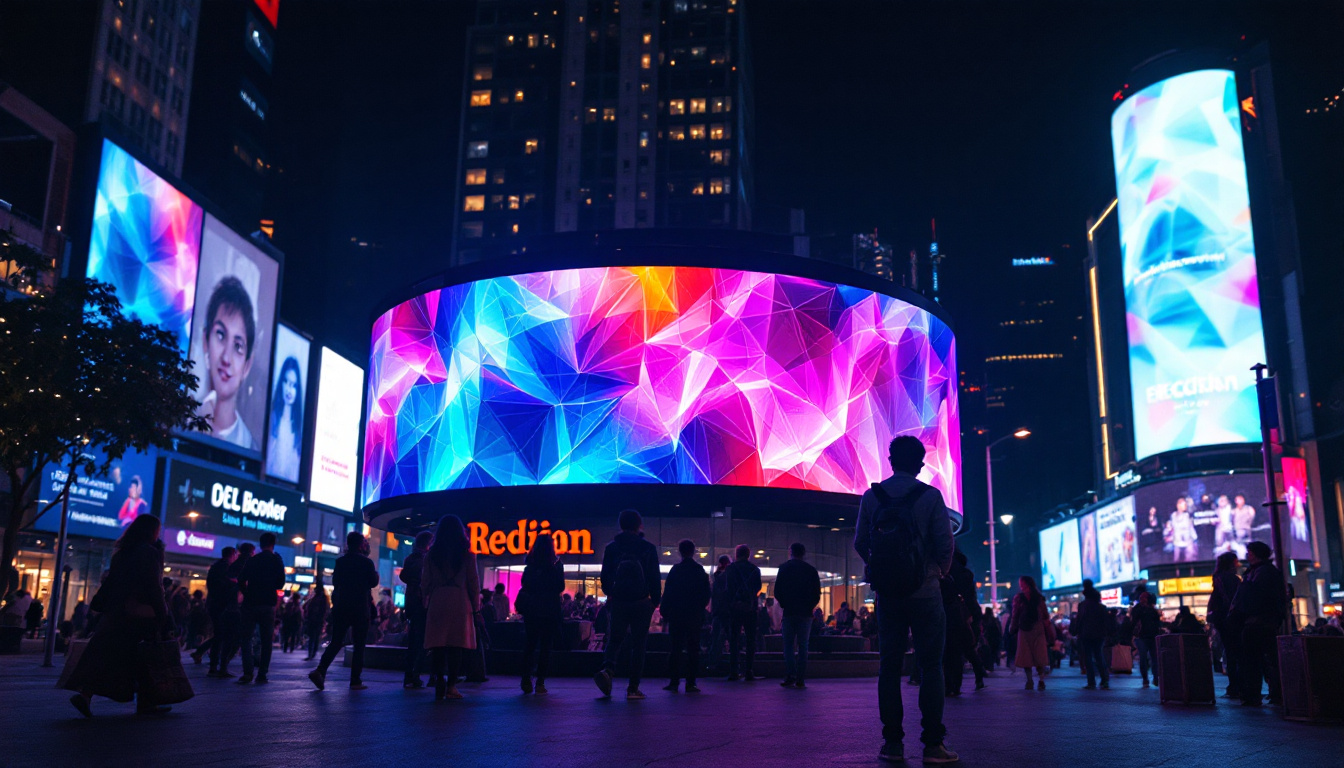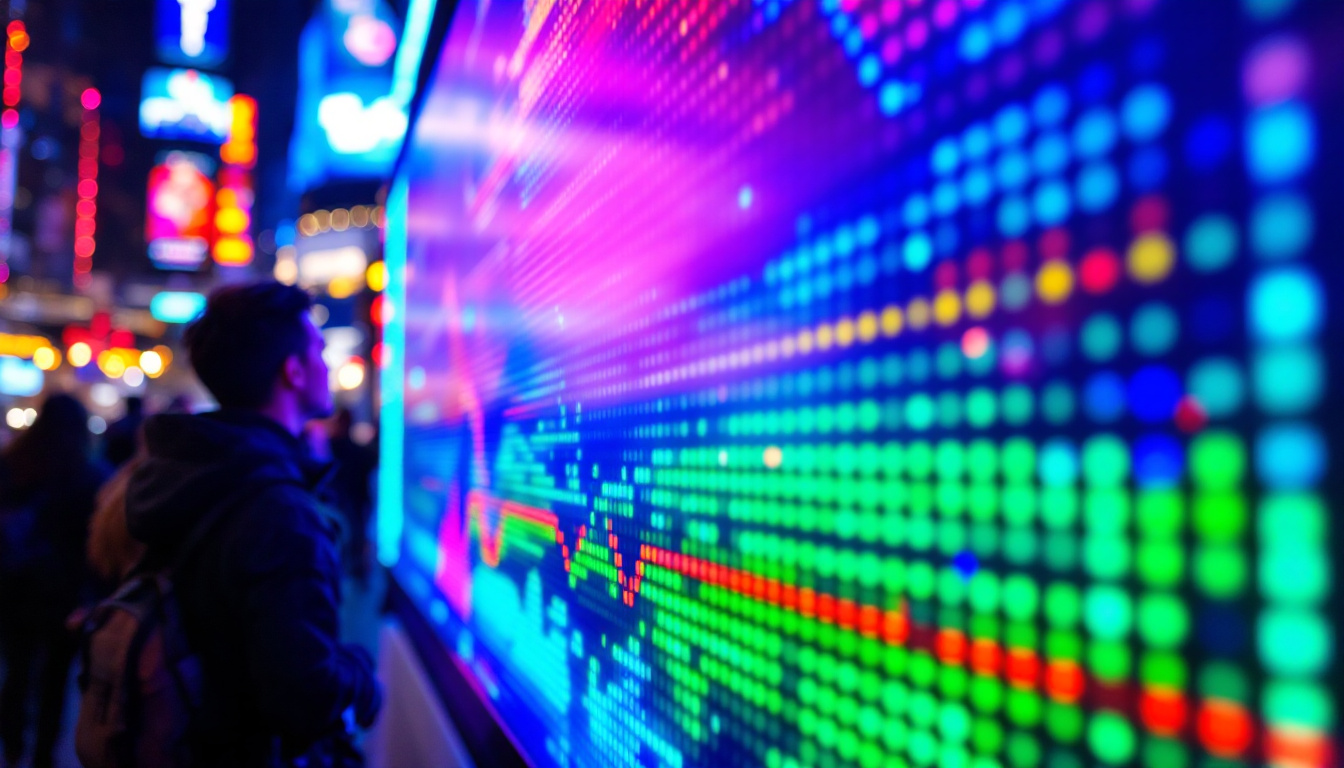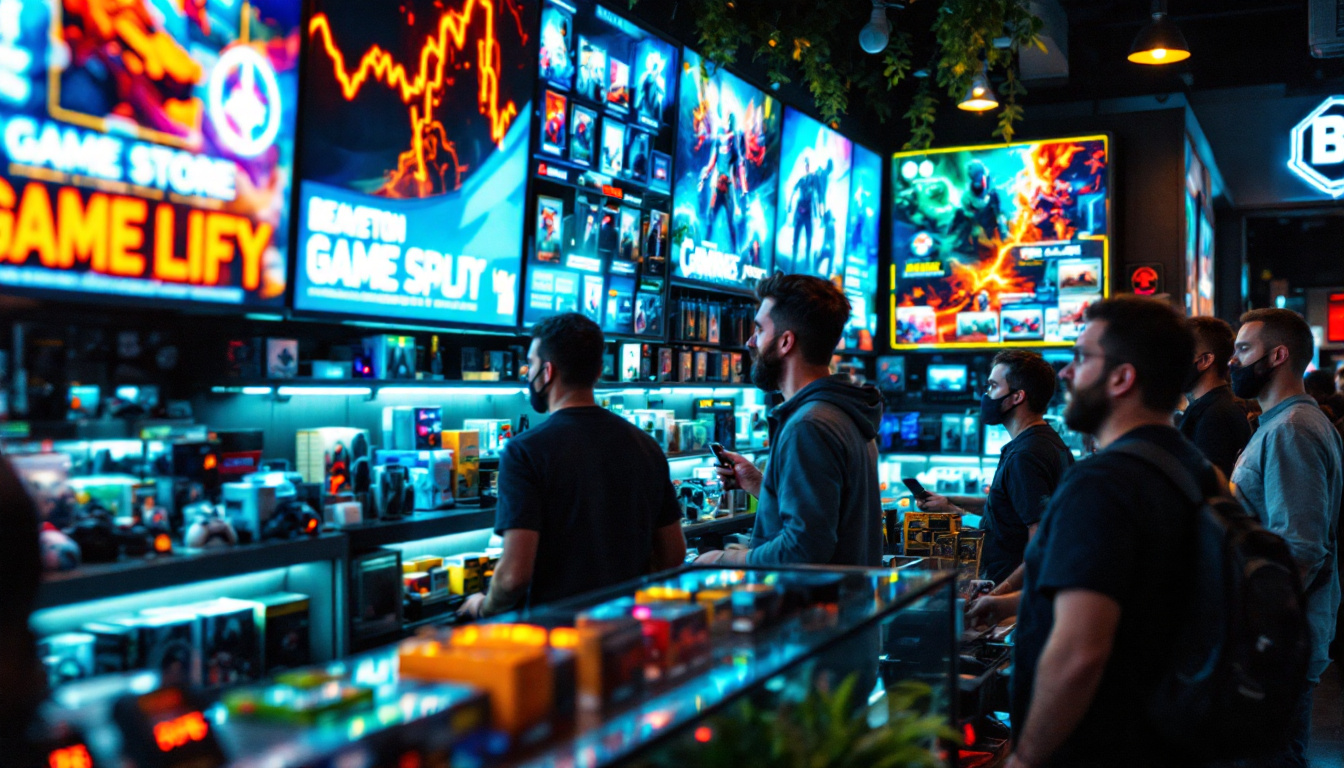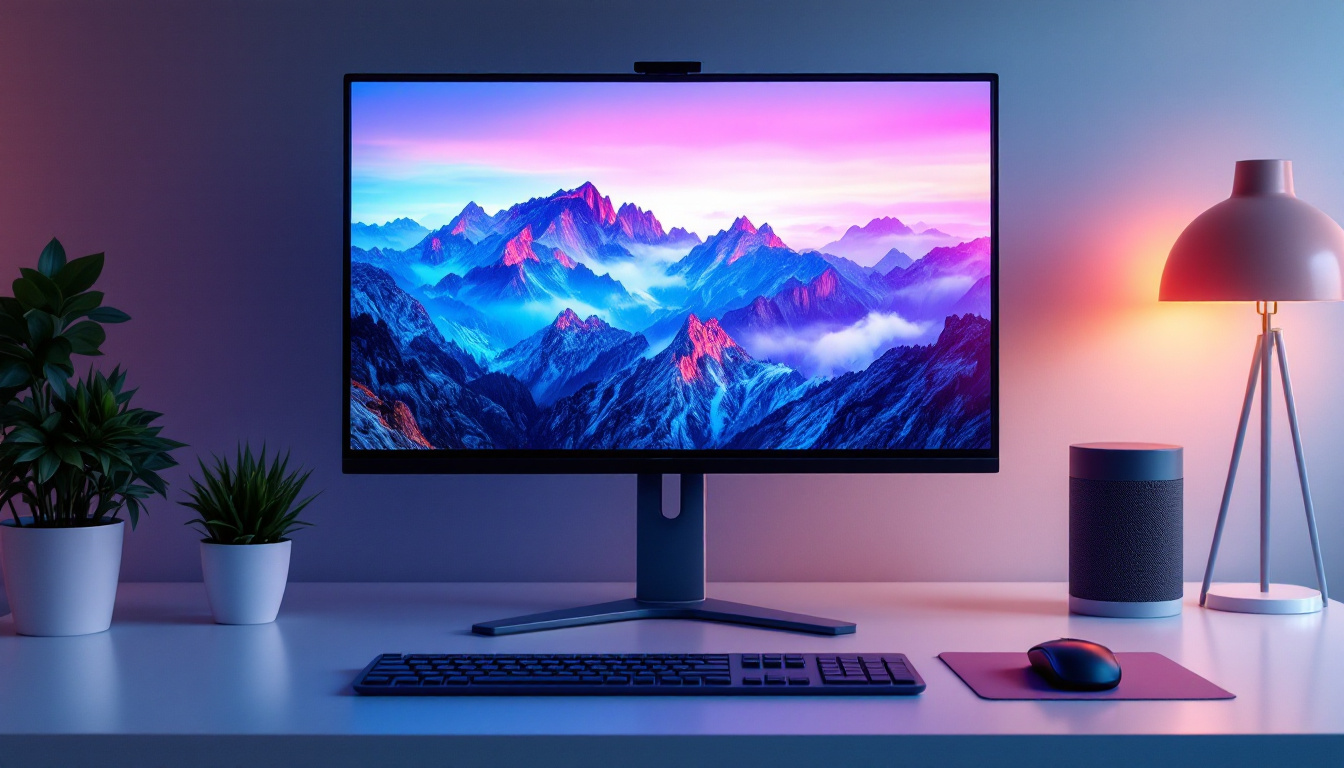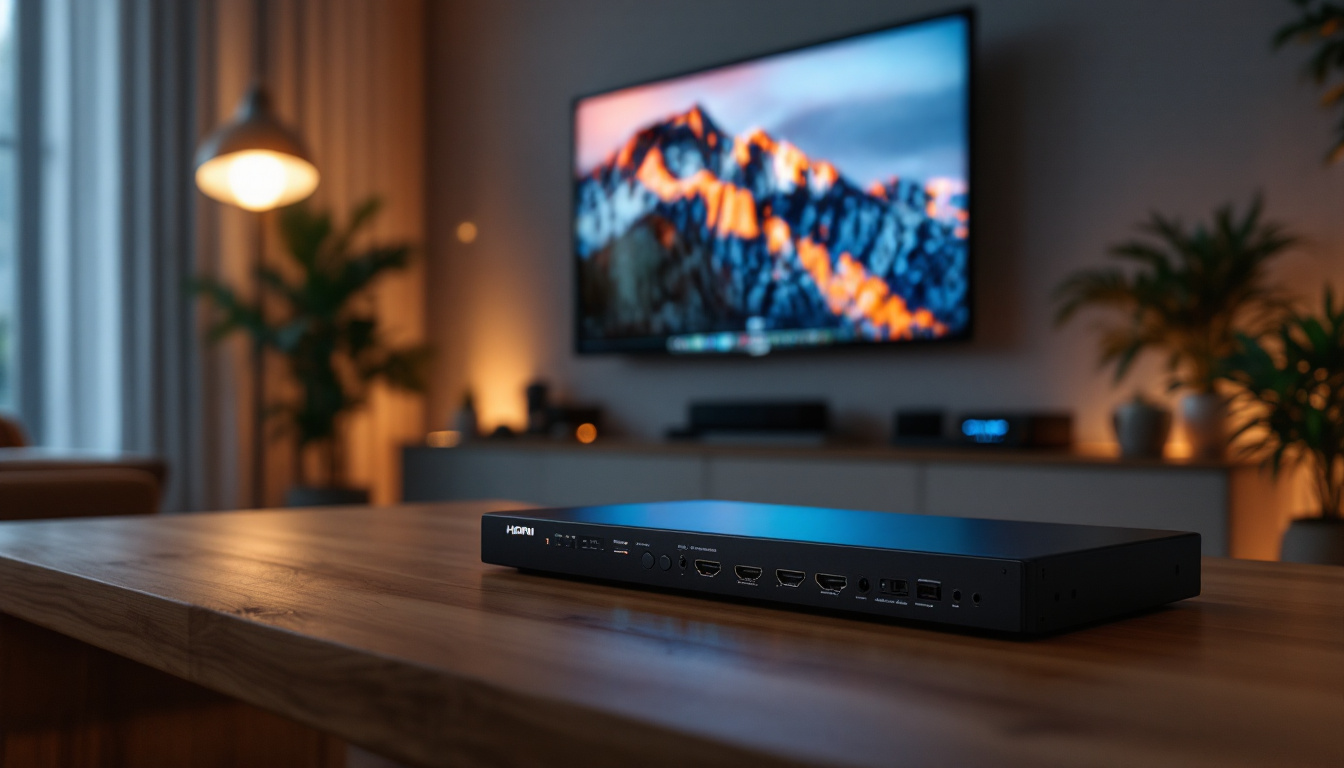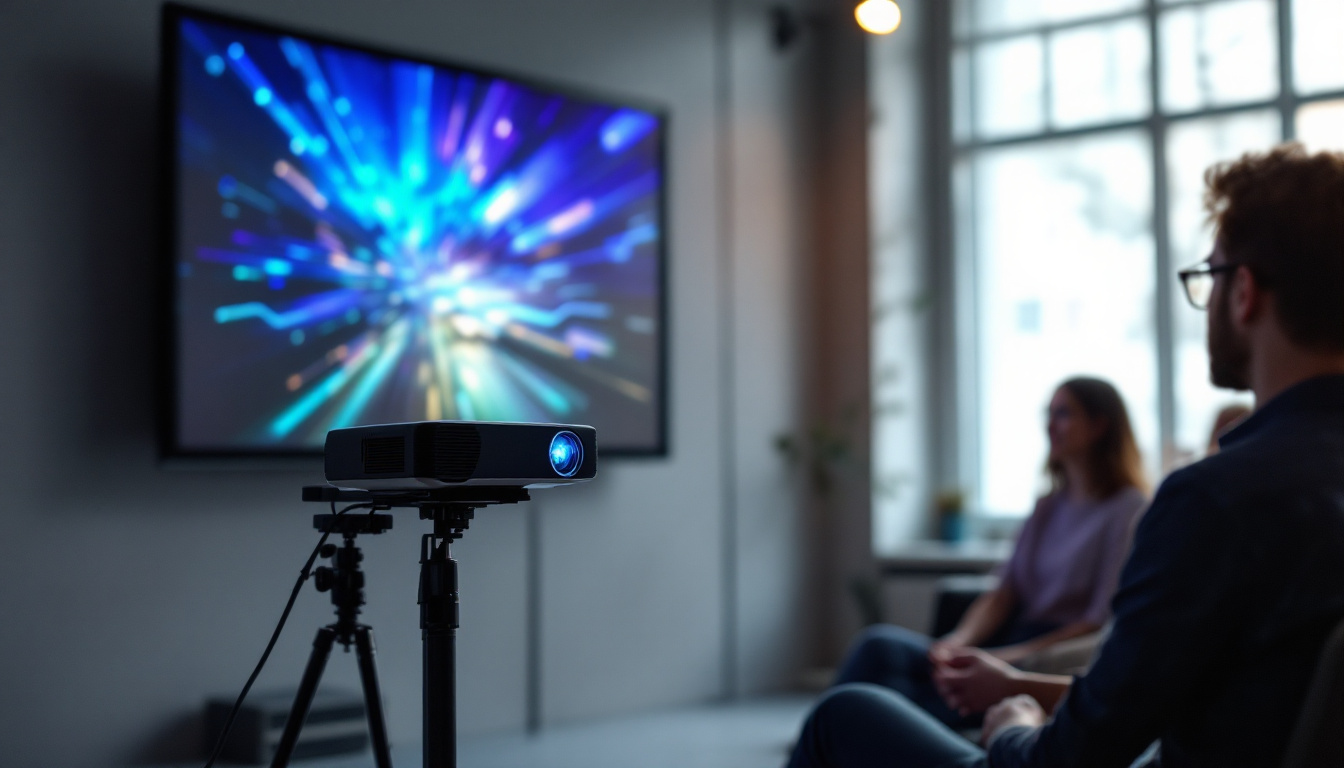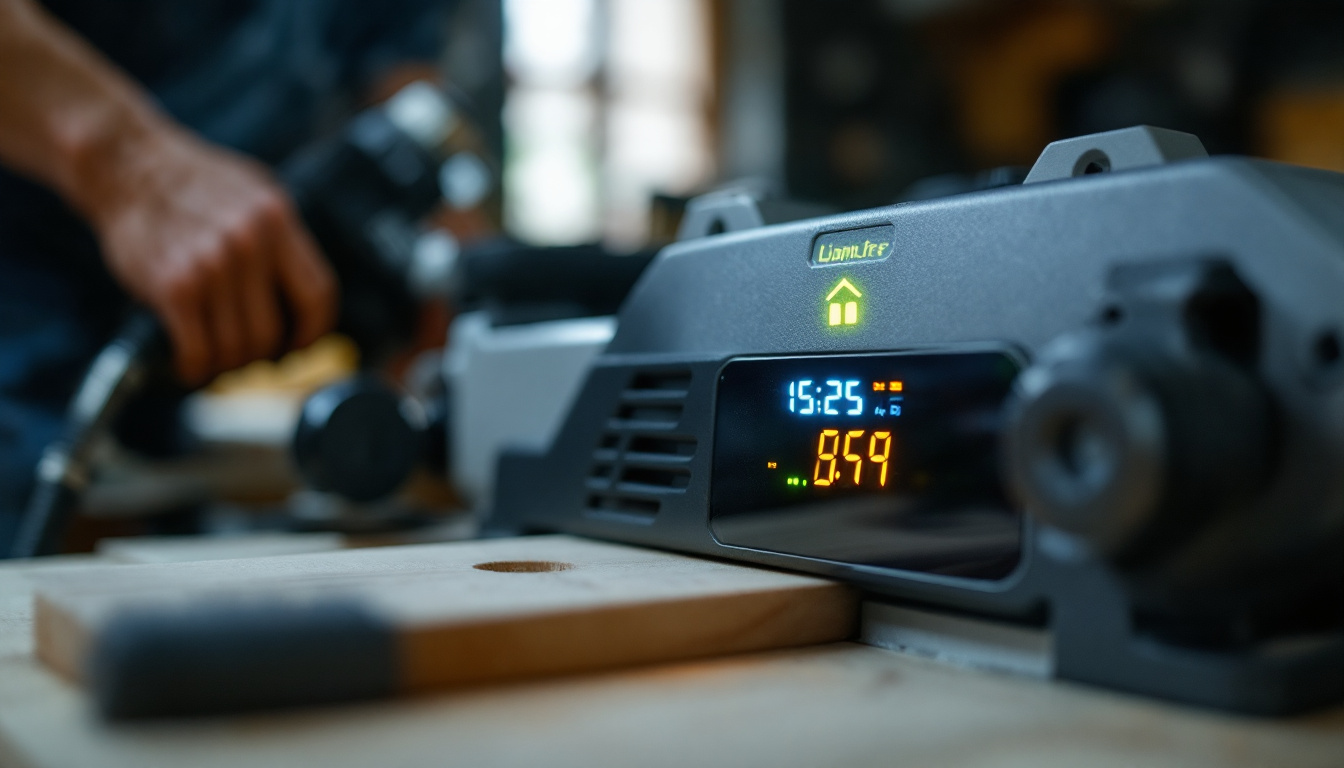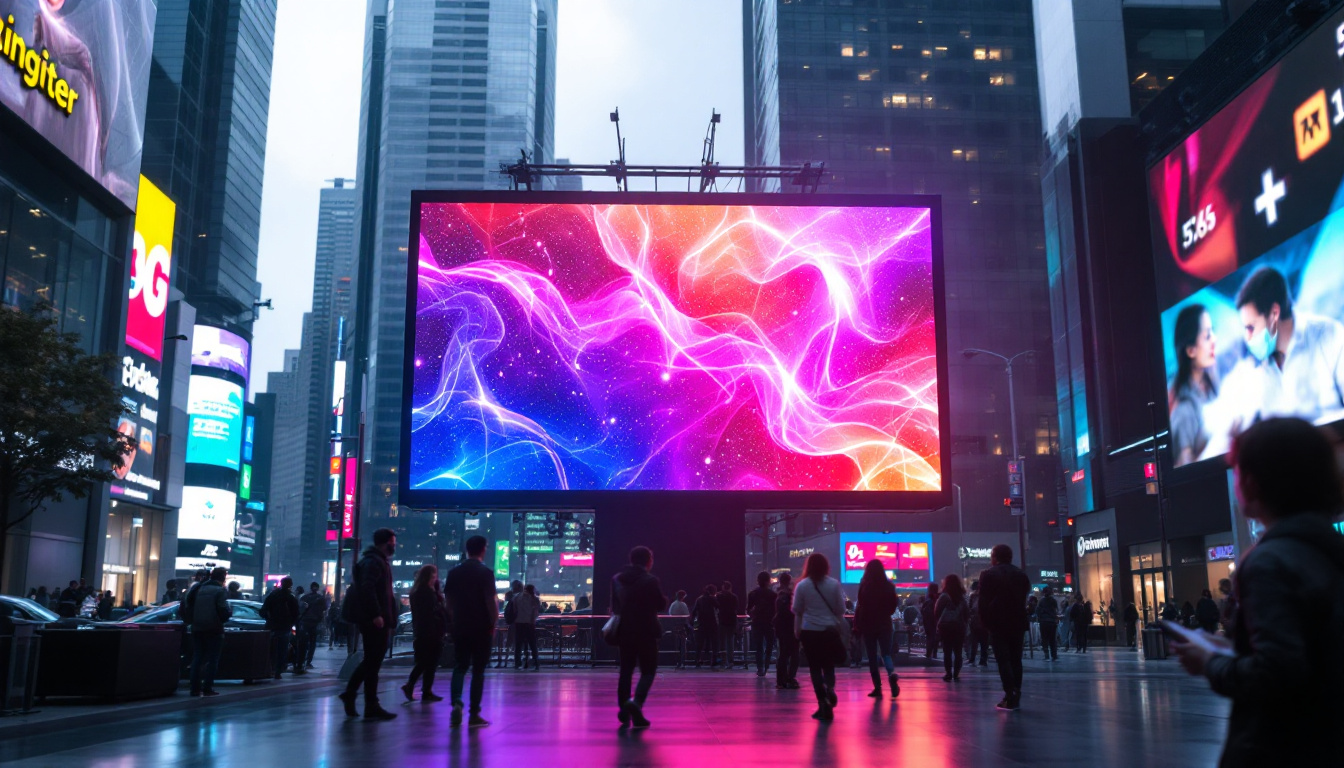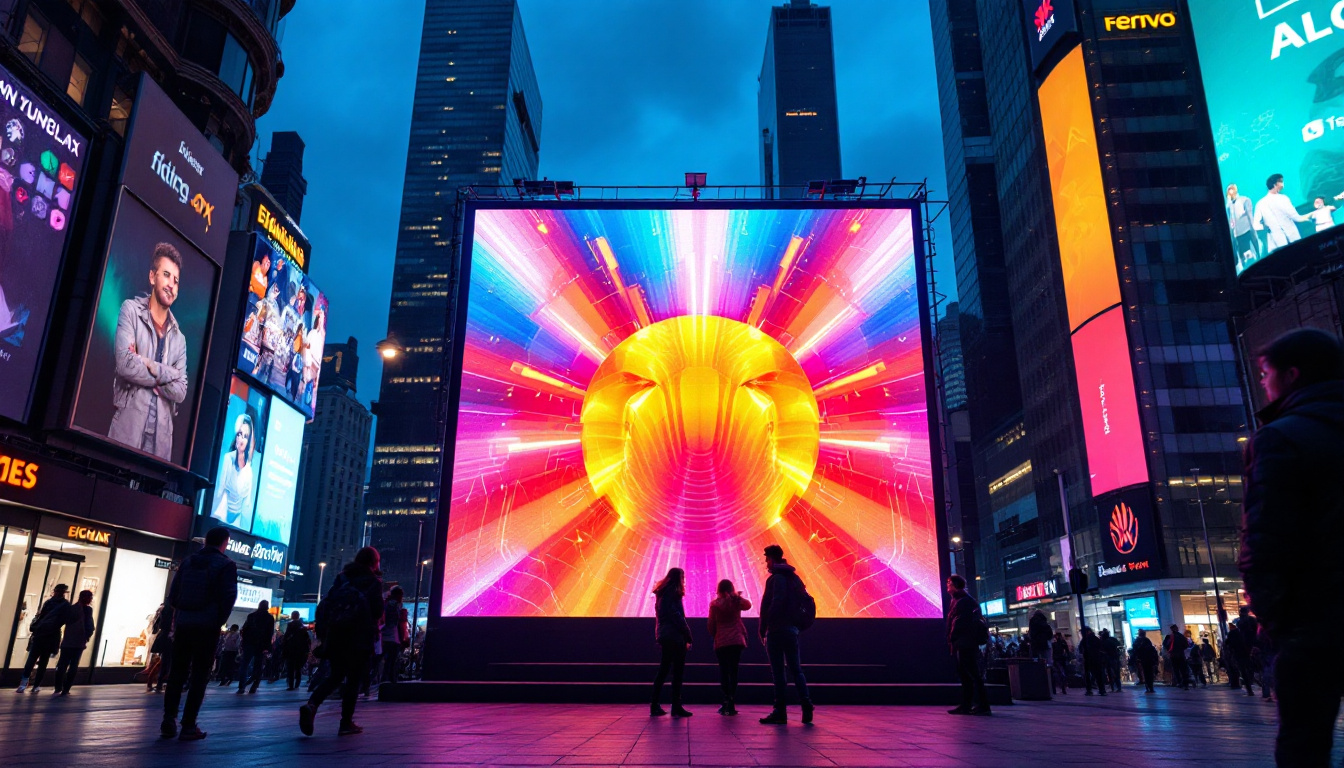In today’s fast-paced world, the need for privacy has become increasingly important, especially in shared spaces. Whether it’s in an office, a café, or a home, creating a personal bubble can enhance comfort and productivity. One innovative solution to achieve this is through the use of indoor privacy screens, particularly those equipped with LED displays. This article delves into the concept of indoor privacy screens, the technology behind LED displays, and the myriad benefits they offer.
Understanding Indoor Privacy Screens
Indoor privacy screens serve as barriers that provide visual separation in various environments. They can be utilized in offices for collaborative workspaces, in homes to create distinct areas, or even in public venues to offer personal space. The integration of technology, particularly LED displays, has transformed traditional privacy screens into dynamic solutions that can adapt to the needs of users. With the rise of remote work and flexible office layouts, the demand for effective privacy solutions has surged, prompting innovative designs that not only serve functional purposes but also enhance the overall ambiance of a space.
Types of Indoor Privacy Screens
Indoor privacy screens come in various forms, each designed to cater to specific needs. Some common types include:
- Portable Screens: These are lightweight and easy to move, making them ideal for temporary setups or events. They often come with features like foldable designs or built-in carrying cases for added convenience.
- Fixed Screens: Installed in a permanent location, these screens provide long-term solutions for privacy. They can be customized to match the decor of the room, integrating seamlessly into the design.
- Smart Screens: Equipped with LED technology, these screens can display images, videos, or information, adding functionality beyond mere separation. Some smart screens even allow for interactive features, enabling users to engage with the content displayed.
Each type of screen has its unique advantages, and the choice often depends on the specific requirements of the space and the users. For instance, portable screens are particularly useful in multipurpose rooms that require frequent reconfiguration, while fixed screens are well-suited for offices that prioritize long-term privacy solutions. Smart screens, on the other hand, appeal to tech-savvy users looking to enhance their environment with modern technology.
Benefits of Using Indoor Privacy Screens
The advantages of incorporating indoor privacy screens into a space extend beyond mere aesthetics. Some key benefits include:
- Enhanced Focus: By reducing distractions, privacy screens can help individuals concentrate better on their tasks. This is especially important in open-plan offices where noise and movement can disrupt workflow.
- Improved Aesthetics: Modern designs can complement interior decor, adding a stylish element to any environment. Many screens are available in a variety of materials, colors, and patterns, allowing for personalization that reflects the taste of the user.
- Flexibility: Many screens can be easily reconfigured to adapt to changing needs, making them versatile solutions. This adaptability is crucial in dynamic workspaces where team sizes and project requirements frequently shift.
These benefits contribute to a more productive and pleasant atmosphere, whether in a workplace or a home setting. Additionally, the psychological impact of having a designated private space can enhance overall well-being, reducing stress and promoting a sense of security. As more people recognize the importance of personal space, the role of indoor privacy screens continues to evolve, integrating not just functionality but also elements of comfort and style into everyday environments.
The Role of LED Displays in Privacy Screens
LED displays have revolutionized the functionality of indoor privacy screens. Unlike traditional screens, which merely block visibility, LED screens can convey information, art, or ambiance, making them multifunctional. This section explores how LED technology enhances privacy screens.
Technology Behind LED Displays
LED, or Light Emitting Diode, technology is known for its efficiency and brightness. In the context of privacy screens, LED displays utilize these properties to create vivid images and videos that can be easily viewed from various angles.
One of the key advantages of LED displays is their ability to produce high-quality visuals with low energy consumption. This makes them not only environmentally friendly but also cost-effective in the long run. Additionally, advancements in LED technology have led to thinner and lighter screens, allowing for more flexible designs. The development of micro-LED technology further enhances this, offering even higher resolution and color accuracy, which can transform a simple privacy screen into a stunning visual centerpiece.
Customizability and Interactivity
One of the standout features of LED privacy screens is their customizability. Users can tailor the display to show specific content, whether it’s corporate branding, artwork, or personal images. This level of personalization adds a unique touch to any space, making it feel more inviting and tailored to individual preferences.
Furthermore, many modern LED displays come equipped with interactive capabilities. Touchscreens can allow users to navigate through different displays or even connect to other devices. This interactivity enhances user engagement and can be particularly beneficial in commercial settings, where displaying information dynamically can attract attention. For instance, in a retail environment, a privacy screen could showcase promotional content while simultaneously providing a barrier, ensuring that customers feel comfortable while browsing. Additionally, the integration of augmented reality features into LED displays can further enrich the user experience, allowing for immersive interactions that blend the physical and digital worlds seamlessly.
Applications of Indoor Privacy Screens with LED Displays
The versatility of indoor privacy screens with LED displays opens the door to numerous applications across various sectors. Here are some notable examples:
Office Environments
In contemporary office settings, open floor plans are common, but they often lead to distractions. Indoor privacy screens equipped with LED displays can help create focused work zones while also serving as a medium for displaying important information, such as company announcements or project updates.
Moreover, these screens can be utilized for video conferencing, providing a professional backdrop that enhances communication. The ability to switch between privacy and presentation modes makes them an invaluable asset in modern workplaces.
Retail Spaces
In retail environments, creating an immersive shopping experience is key to attracting customers. Indoor privacy screens with LED displays can be used to showcase promotions, highlight products, or even create thematic displays that resonate with the brand’s identity.
Additionally, they can serve as a barrier to create distinct areas within a store, such as fitting rooms or product demonstration zones, all while maintaining an engaging visual presence.
Healthcare Facilities
In healthcare settings, privacy is paramount. LED privacy screens can be employed in waiting areas or examination rooms to provide a sense of security and comfort for patients. They can also display calming visuals or important health information, contributing to a more positive experience.
Furthermore, these screens can facilitate communication between healthcare professionals and patients, enhancing the overall efficiency of care delivery.
Challenges and Considerations
While indoor privacy screens with LED displays offer numerous advantages, there are also challenges and considerations that must be addressed. Understanding these factors can help in making informed decisions when selecting and implementing these solutions.
Cost Implications
One of the primary considerations when investing in LED privacy screens is the cost. While prices have decreased over the years, high-quality LED displays can still represent a significant investment. Organizations must weigh the initial costs against the long-term benefits and potential return on investment.
Budgeting for installation and maintenance is also crucial. Ensuring that the screens are properly maintained will prolong their lifespan and functionality, making it essential to factor these costs into the overall budget.
Space and Installation Requirements
Another important aspect to consider is the physical space where the screens will be installed. LED displays require adequate space for installation, and their placement should be strategic to maximize visibility and effectiveness. Additionally, considerations regarding power supply and connectivity must be addressed to ensure seamless operation.
Proper installation is key to ensuring that the screens function optimally. Engaging professional services for installation can mitigate potential issues and ensure that the screens are set up correctly.
Future Trends in Indoor Privacy Screens
The evolution of indoor privacy screens is ongoing, with technology continuously advancing. As LED technology improves, several trends are emerging that could shape the future of these screens.
Integration with Smart Home Systems
As smart home technology becomes more prevalent, the integration of indoor privacy screens with smart systems is likely to increase. This could allow users to control their screens through voice commands or mobile applications, enhancing convenience and functionality.
Such integration could also enable screens to adapt automatically based on the time of day or specific user preferences, creating a more personalized environment.
Enhanced Sustainability Features
With growing awareness of environmental issues, the demand for sustainable products is on the rise. Future indoor privacy screens may incorporate eco-friendly materials and energy-efficient technologies, further reducing their environmental impact.
Additionally, the use of recyclable components and sustainable manufacturing processes could become standard practice, appealing to environmentally conscious consumers.
Conclusion
Indoor privacy screens equipped with LED displays represent a significant advancement in creating personal spaces in shared environments. Their ability to provide visual separation while also serving functional purposes makes them an attractive solution for various settings, from offices to retail spaces and healthcare facilities.
As technology continues to evolve, the potential applications and benefits of these screens will likely expand, offering even more innovative solutions to meet the needs of users. By understanding the advantages, challenges, and future trends associated with indoor privacy screens, individuals and organizations can make informed decisions that enhance their environments while prioritizing privacy and comfort.
Discover LumenMatrix LED Display Solutions
Ready to redefine your space with the ultimate privacy and visual appeal? Explore LumenMatrix’s innovative LED display solutions that cater to your every need. From vibrant indoor LED walls that transform office environments to captivating outdoor displays that draw in retail customers, our technology is designed to make an impact. Embrace the future of visual communication with LumenMatrix and create experiences that resonate. Check out LumenMatrix LED Display Solutions today and take the first step towards an enhanced, engaging, and private environment.

